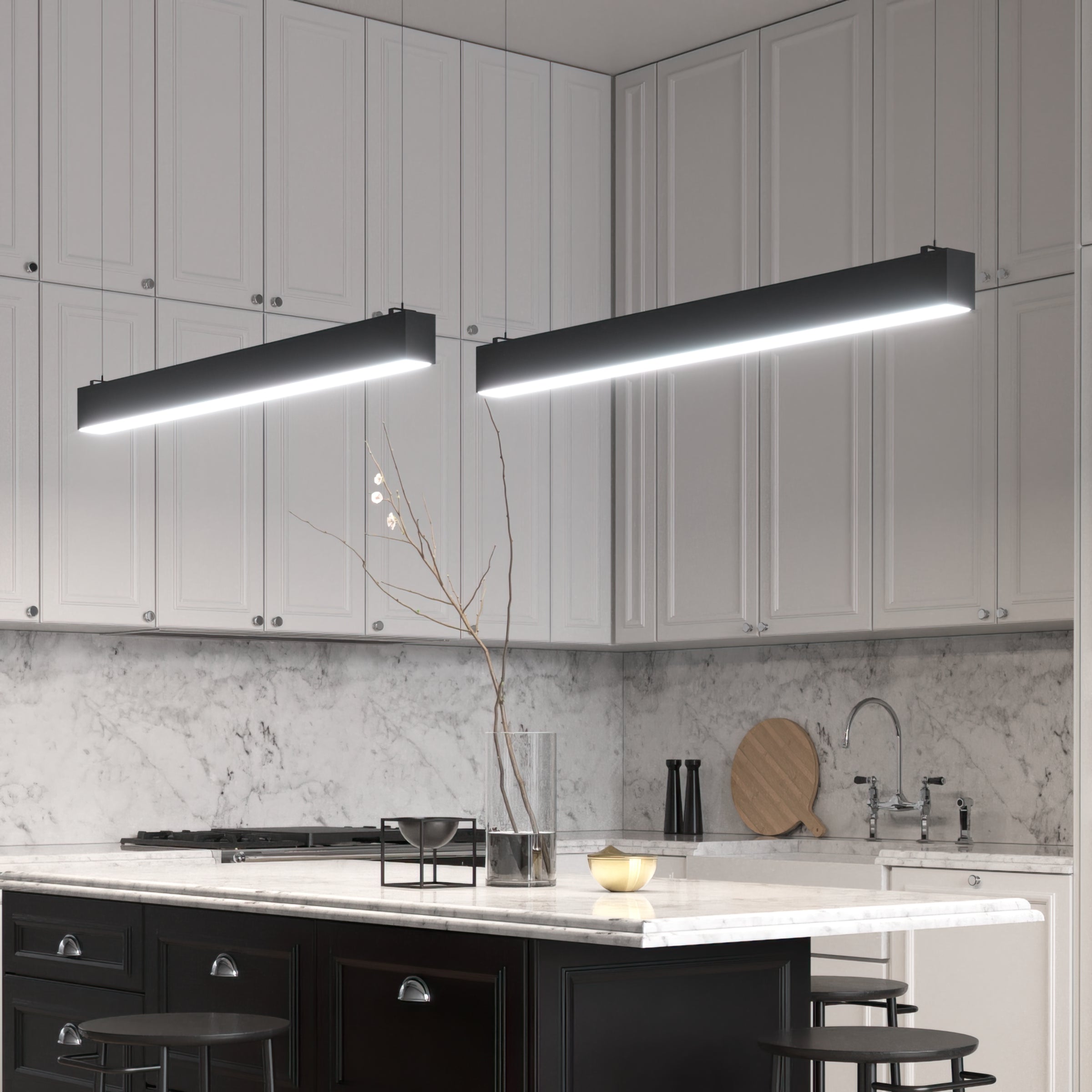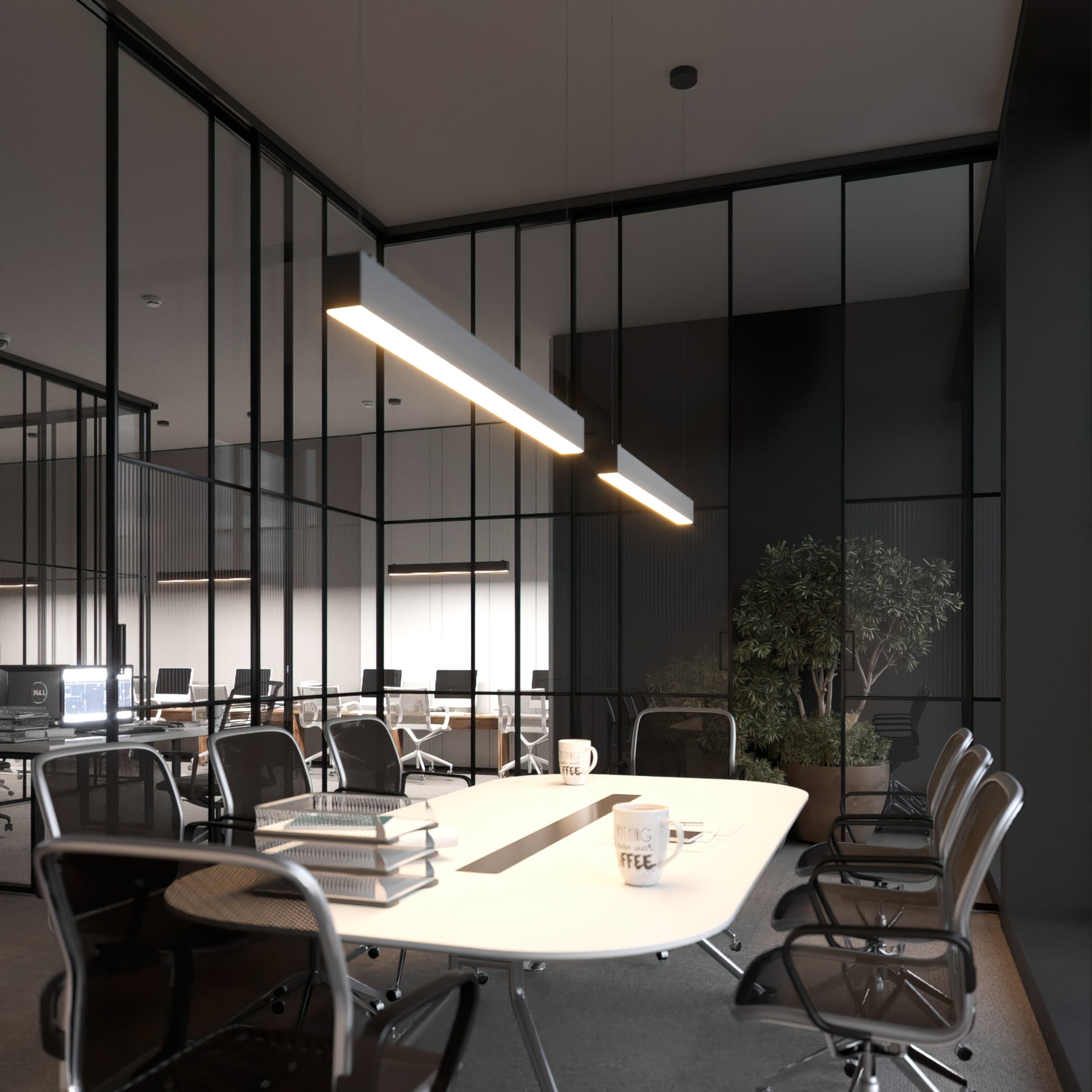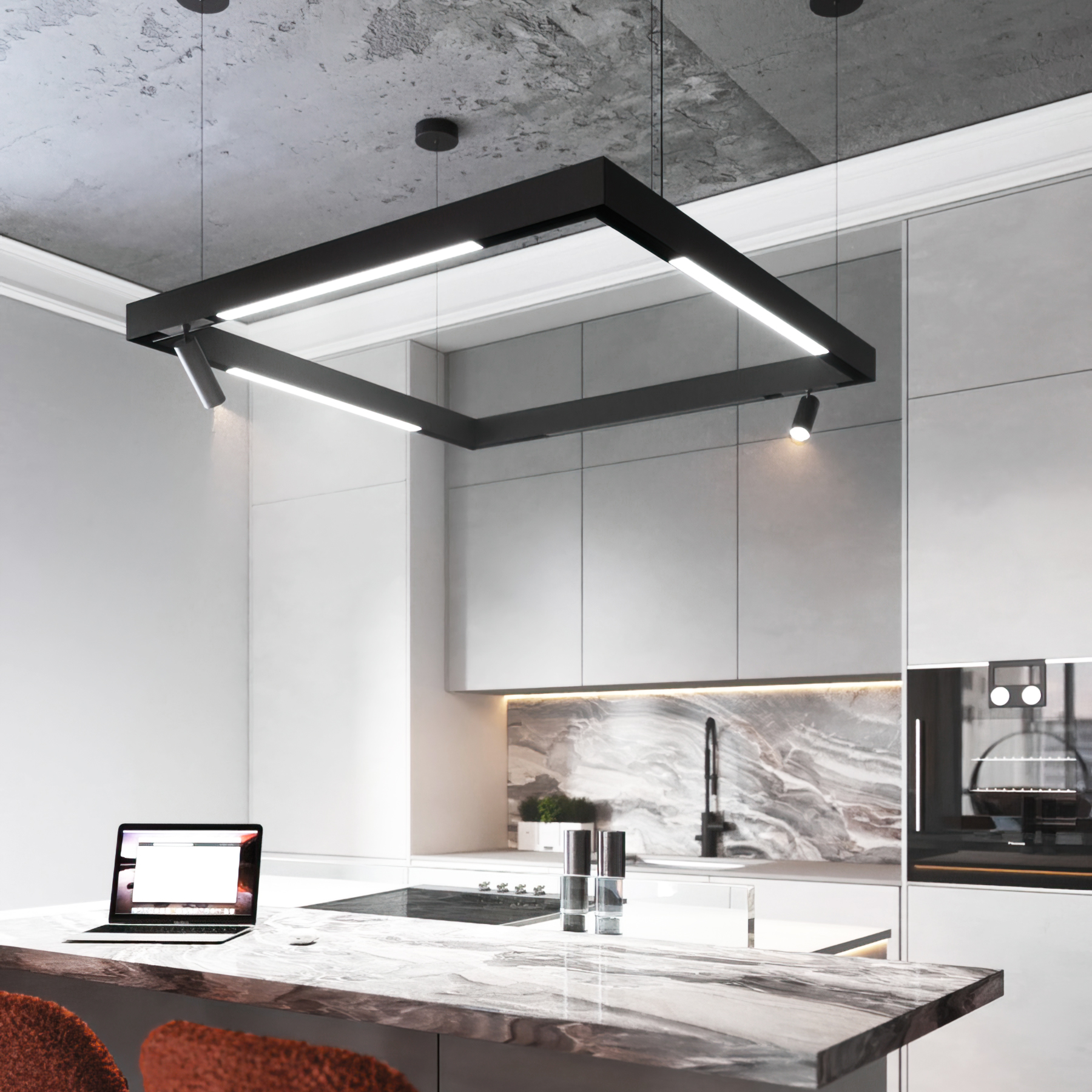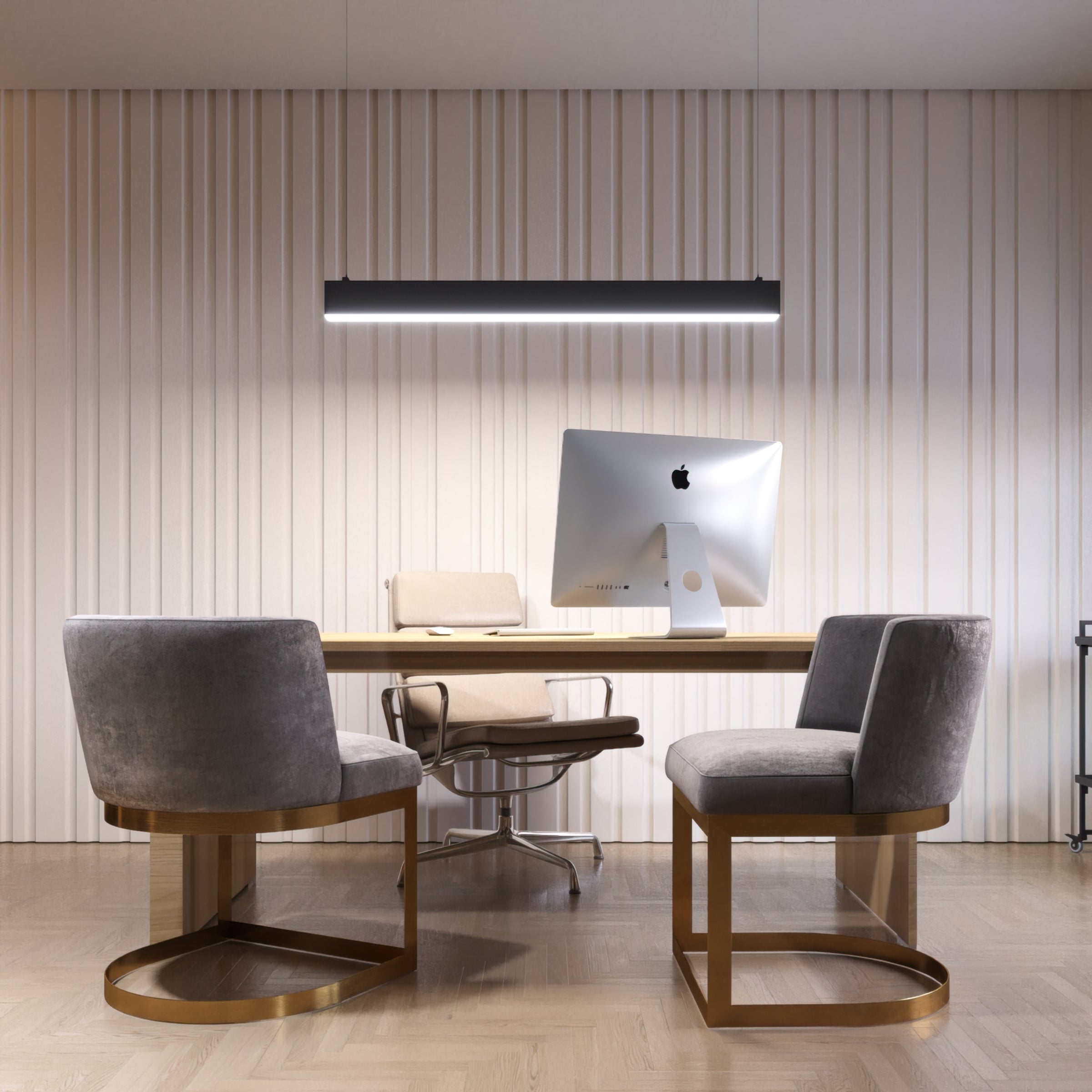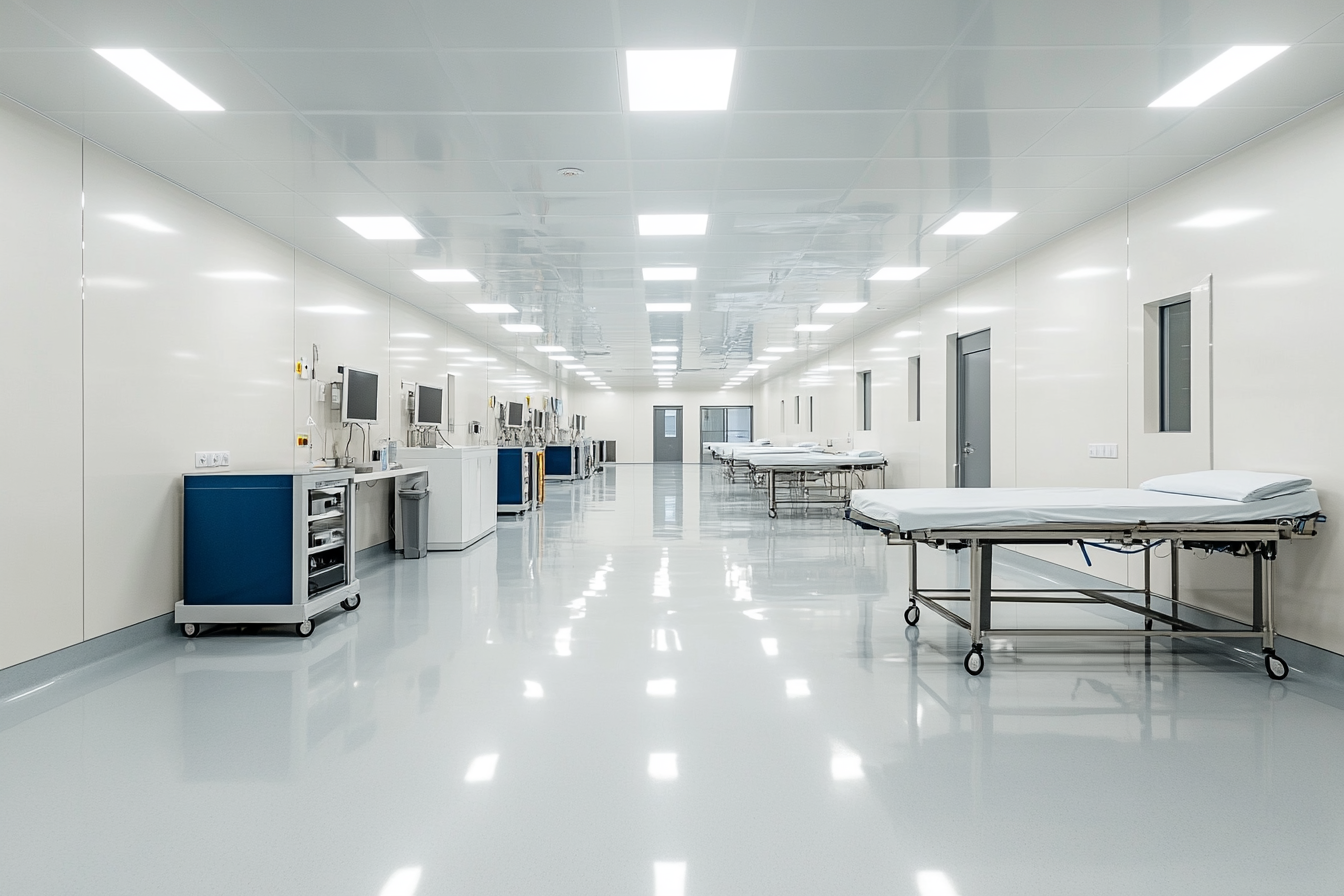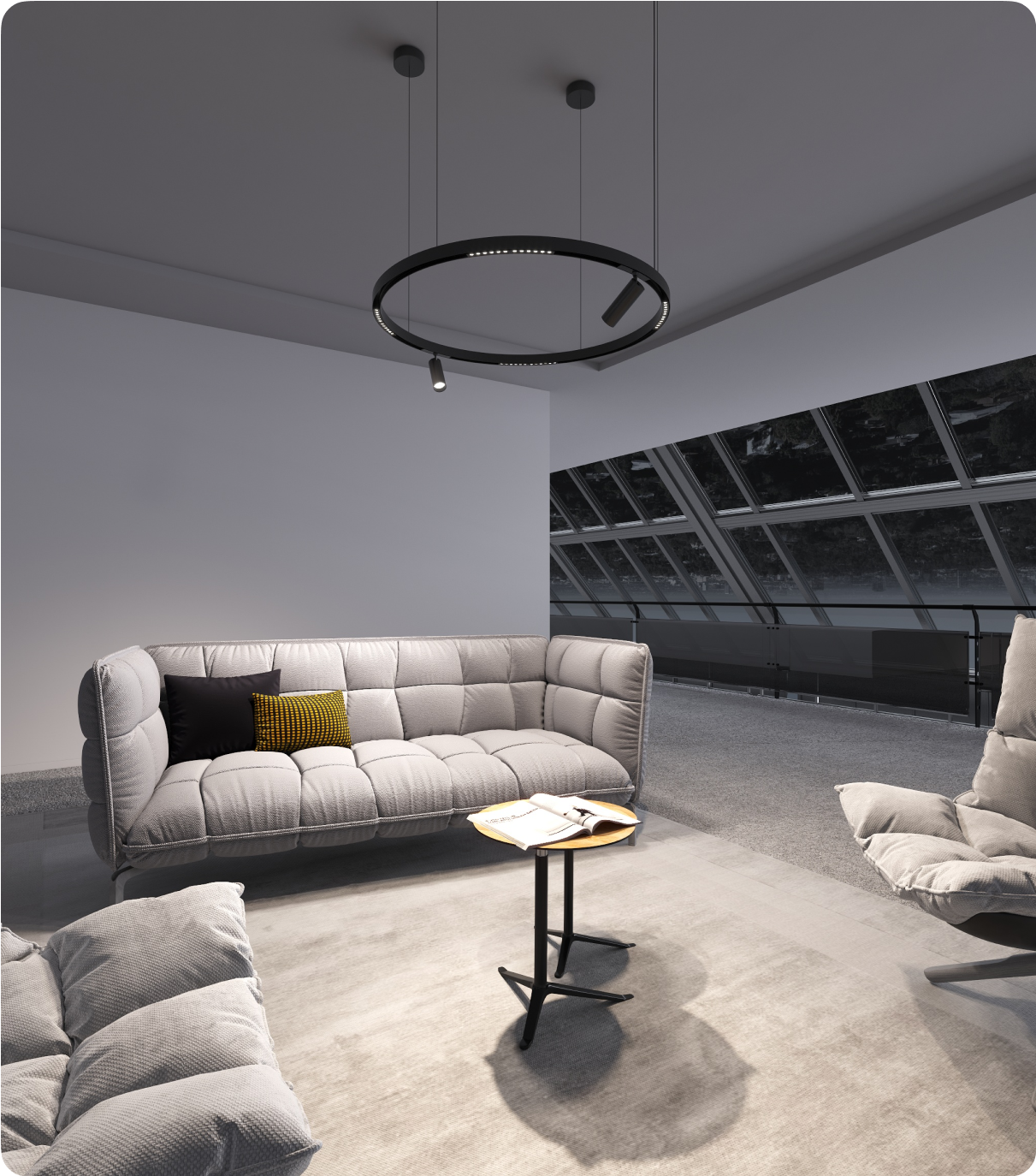Like everything else, commercial facility management continues to evolve constantly, so efficient lighting solutions are critical in this field. As one of the business world's ongoing quest for sustainability and cost-effectiveness has brought, there has been a great deal of change toward LED (Light Emitting Diode) technology. Because large commercial spaces place such an emphasis on lighting for productivity, safety, and ambiance, this is particularly important.
Large commercial facilities face particular challenges related to lighting. Whether warehouses, manufacturing plants, or vast office complexes, these spaces need consistent, good-quality lighting across vast expanses of space. Traditional lighting solutions cannot meet such demands, resulting in excessive energy consumption and high maintenance costs. Additionally, hard-to-reach places mean bulb replacement is often required very frequently, disrupting operations and safety.
LED lighting – or, more specifically, LED, CMOS technology, and thermal stability – is a revolutionary technology that helps overcome these problems. A compelling solution to the above difficulties is presented by LED lights, which are efficient in terms of energy use, highly durable, and have superior light quality. As we delve deeper into the benefits of LED lighting for large commercial facilities, it becomes clear why this technology is not just a trend, but a necessary evolution in commercial lighting practices. LED lighting is changing the way we light and operate large-scale commercial environments, from significant energy savings to reduced maintenance needs and improved light quality.

Reducing Energy and Cost with LED Lighting
Tells our expert Sergio Andriichenko, LED Lighting Specialist at LED Lights Direct.
Visit his Linkedin profile
LED lights for commercial buildings have revolutionized the energy efficiency landscape in extensive commercial facilities, offering unprecedented potential for cost savings and reduced energy consumption. Unlike traditional lighting options like incandescent or fluorescent bulbs, LEDs don't waste energy in the form of heat; they can convert around 95 percent of energy consumed into light. The result is, therefore, considerable energy savings, especially in large commercial spaces where the demand for lighting becomes significant.
LED lighting benefits are not just theoretical; they have been well-documented in various studies and real-world applications. A comprehensive report from the U.S. Department of Energy has suggested that LED lighting can reduce U.S. lighting energy by virtually 50% by 2030. This projection points out LED technology's great contribution to energy conservation in commercial sectors.
In large commercial environments, the benefits of LED lighting on utility bills can be substantial. For example, a typical warehouse or manufacturing facility can operate round the clock and reap energy savings of up to 75% when compared to a traditional lighting system. Also, over time, these savings compound to large operational cost reductions. A study of a large retailer that increased LED lighting in its stores found energy savings of more than $100,000 annually per store.
The long-term cost benefits of LED lighting extend beyond mere energy savings. One of the best features of LEDs is that they tend to have a much longer lifespan than traditional bulbs lasting 25,000 to 50,000 hours or more. That longevity means less replacements, and lower maintenance costs, making LED systems in large commercial facilities more cost effective.
Second, LED technology is scalable such that these energy and cost savings can be achieved among different types and sizes of commercial facilities. LED lighting is ideal for lighting up everything from office buildings to industrial complexes, thanks to its flexibility. Businesses can pick and choose sensors to fit their particular needs while saving energy and costs massively.
They are Low in Maintenance and Durable
The durability of lighting for commercial spaces is a game-changer. The LEDs outlast the standard lighting options coming with impressive useful lifespan from 25,000 to 50,000 and higher. The longevity of this system translates into considerable reductions in maintenance effort and cost, significant factors for commercial spaces with large footprints.
The extended lifespan of LEDs is invaluable in facilities with high ceilings or hard-to-reach areas. This reduces the painful need for frequent bulb replacements, a problem even in conventional house lamps. Moreover, it reduces the need for maintenance, operational interruptions, and safety risks of approaching inaccessible light locations.
LED fixtures are highly durable due to their robust construction and tolerance to vibrations, impacts, and temperature extremes. In this context, this resilience is helpful in industrial settings where lighting fixtures are exposed to rough conditions. This means that facility managers will experience fewer light failures, consistent illumination throughout their spaces, and improved operational efficiency and safety.
Improving Light Quality and the Possibility of Customization
Commercial building lighting technology offers superior light quality that is particularly beneficial. Unlike traditional lighting options LEDs are extremely strong in color rendering, meaning colors can be represented much more accurately and vividly. In retail locations or manufacturing environments where color accuracy is a powerful factor, this feature is essential.
LED fixtures overcome the historical limitations of a common problem in large commercial spaces — getting too much and uneven light distribution. Consistent lighting can be a real issue for warehouses, factories, and huge office areas, which experience dark spots and areas of glare. In large-scale spaces, LED lighting solutions provide more evenly distributed illumination so workers can see their work and do not have to worry about eye strain. An improved light distribution leads to a safer, more productive work environment.
The ability to customize LED lighting in commercial solutions is one of its biggest advantages. LED commercial lights can be easily adjusted to meet the specific needs of different areas within a facility. Take, for example, using brighter, more relaxed light in storage and picking areas for better visibility and warmer tones in a packing or office area for a softer environment. LED lighting is the ability for facility managers to produce optimal light for different tasks and times of day and dim and change the color temperature of the lights.
In addition, intelligently designed LED systems can be connected to smart controls that adjust the light dynamically according to occupancy levels, time of day, or available ambient daylight. This high level of customization for light tracks adds to the functionality of the space and helps save energy by using only the amount of light needed and no more. Because a lighting design for a large commercial facility is far from static – the changing needs in office buildings, highrise hotels, and cruise ships call for a very adaptable solution – LED lighting can address today's requirements while keeping the doors open for tomorrow's solutions.
Environmental Impact and Sustainability
The adoption of LED lights and commercial fixtures contributes to environmental sustainability. Substantially lower energy consumption directly translates to lower carbon emissions, making this one of the primary environmental benefits of this verification approach to service composition. LEDs use up to 75 percent less energy than conventional lighting systems, so when they are widely used in commercial applications, greenhouse gas emissions generated by electricity can be significantly reduced.
LED lights reduce waste, as they have a long lifespan. LEDs are far more durable than regular bulbs, meaning replacing them is an occurrence that will be quite rare for you. And with this longevity, fewer discarded bulbs are winding up in landfills, staving off an environmental problem posed by lighting waste. More importantly, LED lights do not use harmful materials, such as mercury, which are frequently used in fluorescent lamps, so their disposal is safer for the environment.
Investing in LED lighting aligns perfectly with green building initiatives and can contribute significantly to achieving certifications like LEED (Leadership in Energy and Environmental Design). Solutions that use less energy to light also earn LEED certification points, a globally recognized symbol of achievement in sustainability. Commercial facilities are able to implement LED systems, earn credits for certification of their facilities, and gain environmental credibility and potentially property value.
Moreover, LED lighting has an additional sustainability aspect apart from efficiency and waste reduction. Optimized use of space and resources within a facility can be realized by the improved light quality and customization capabilities of LEDs. This optimization may dictate less overall energy needs for heating, cooling, or other facility operations, thus increasing the facility's environmental performance.
Safety and Workplace Productivity
LED large commercial systems that have been well-designed can support productivity and safety in large commercial structures. In addition, LEDs offer superior illumination and this goes a long way in hugely improving visibility across wide areas, minimizing the potential for accidents and thereby promoting an all round safer workplace. In places with heavy machinery, moving vehicles or where precision work is done this is especially important.
In an industrial environment like a manufacturing plant or warehouse, it is imperative that the lighting is correctly laid out so as to prevent workplace accidents. Consistent, glare-free lighting using LED lighting helps workers spot potential hazards more easily. In logistics centers, for example, well-lit aisles and loading docks can drastically reduce the likelihood of forklift accidents or mishandling of goods. Likewise, better lighting in manufacturing plants can reduce the amount of assembly line errors and improve product quality processes.
The same is true for LED lighting, which impacts the productivity of employees. According to studies, proper lighting to reduce strain and fatigue will increase alertness and improve cognitive performance. LED lighting with customizable color temperatures can be fine-tuned to complement employees' natural circadian rhythm in office settings, possibly boosting focus and health.
Additionally, in industries where accurate color rendition matters most, like printing and textile production, the high color rendering index (CRI) of LED lights guarantees that colors are seen accurately and errors are minimized while improving product quality. Apart from improving productivity, it also helps in keeping up high standards of output.
LED lighting indirectly helps increase employee satisfaction and retention by mapping out a workplace that is well-lit, safe, and comfortable for work. Having workers in well-lit spaces gives the advantages of increased job satisfaction and reduced stress, which in the long run may reduce absenteeism and increase total morale in the workplace. For this reason, purchasing LED lighting transcends energy savings, becoming a strategic asset for increasing safety and productivity in large commercial facilities.
